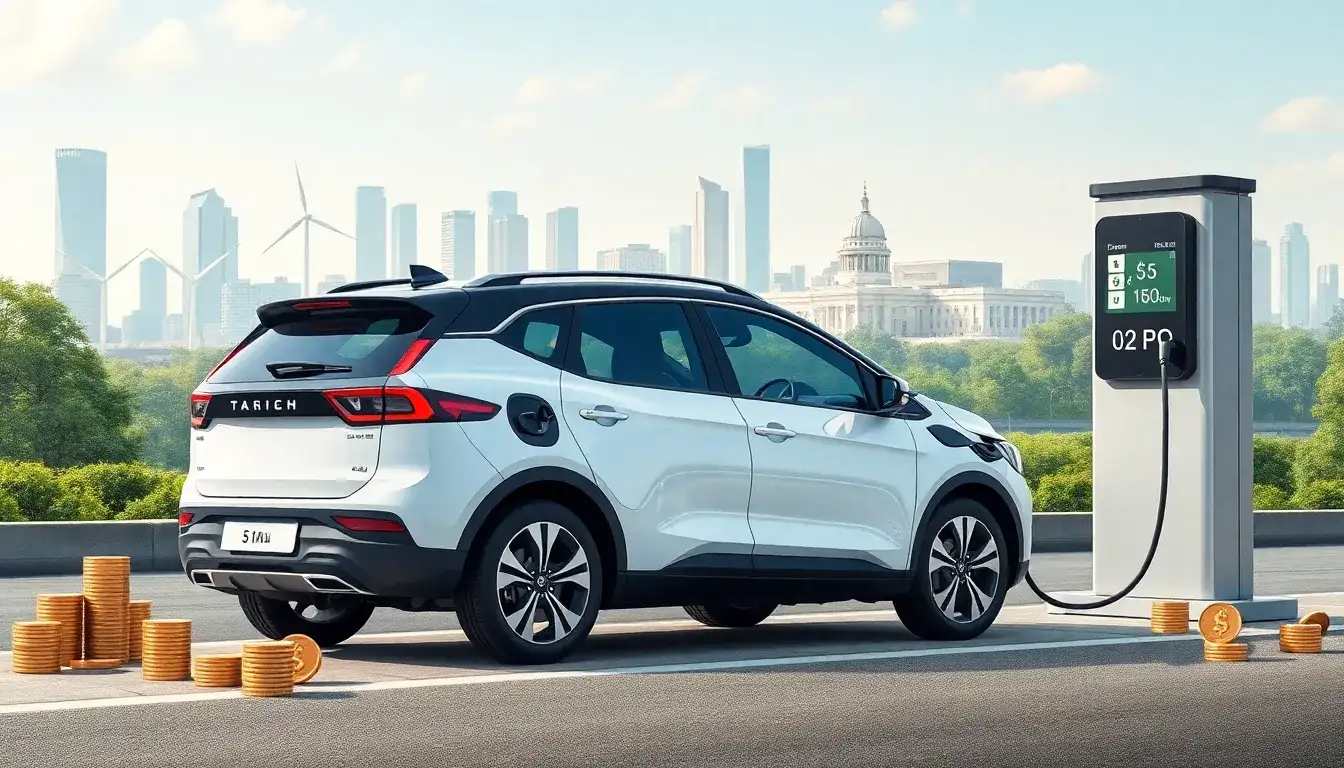
New Energy Vehicles Continue to Offer “Subsidy” Support, After April 1, 2025: The Situation is Optimistic, Subsidy Policy Continues for Years
As of April 1, 2025, new energy vehicles, particularly the Subsidy program, are set to continue, which is encouraging for the industry. The current data indicates a strong outlook for the future, with the subsidy policies expected to remain in effect for several years.
The New Energy Vehicle market has seen significant growth, and the government’s ongoing support has helped drive this trend. Reports suggest that the average subsidy for electric vehicles is noticeably higher compared to traditional gasoline vehicles. By the end of 2023, subsidies for new energy vehicles were expected to reach approximately 4,395 billion yuan, which represents a 63% increase compared to gasoline vehicles. Among these, pure electric vehicles receive an average subsidy of 1,687 yuan per vehicle.
Additionally, a recent survey found that the average subsidy for the Micro SU7 model is approximately 4000-7000 yuan. Many consumers are benefiting from these subsidies, as they significantly reduce operational costs. In contrast, some vehicle owners have reported that the subsidy support is insufficient, indicating a disparity in the benefits received across different vehicle models.
China’s National Development and Reform Commission has released data showing that in 2023, the average subsidy for new energy vehicles was around 21% higher than that for gasoline vehicles. This trend is expected to continue into 2024, with projections indicating that subsidies for new energy vehicles could reach 3,105 million yuan, covering approximately 1,409 billion yuan in costs for consumers.
Furthermore, the National Energy Administration reported that by 2024, the total number of new energy vehicles is projected to exceed 3105 million units, with subsidies continuing to provide substantial financial relief to users. The outlook for new energy vehicles remains positive, with expectations for increased adoption and further incentives.
Industry experts believe that as the market evolves, the gap between the costs of operating new energy vehicles and traditional gasoline vehicles will continue to narrow. As a result, more consumers are likely to choose new energy vehicles over traditional options.
The current trajectory suggests that the government will maintain its supportive policies to foster the growth of the new energy vehicle sector, ensuring it remains a viable option for consumers in the coming years.







